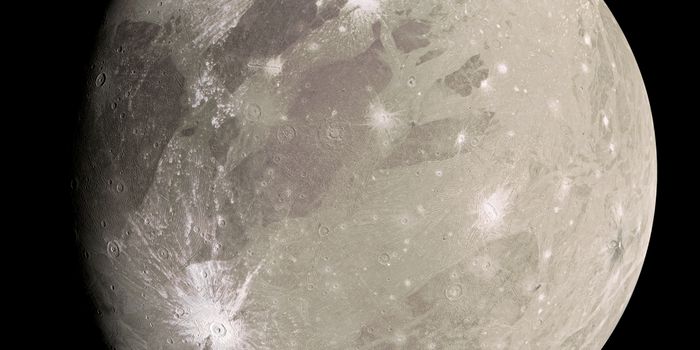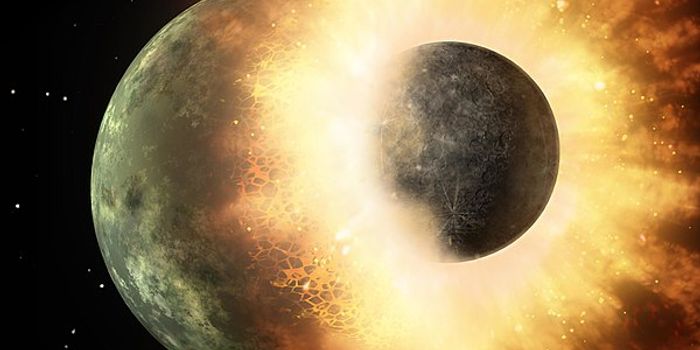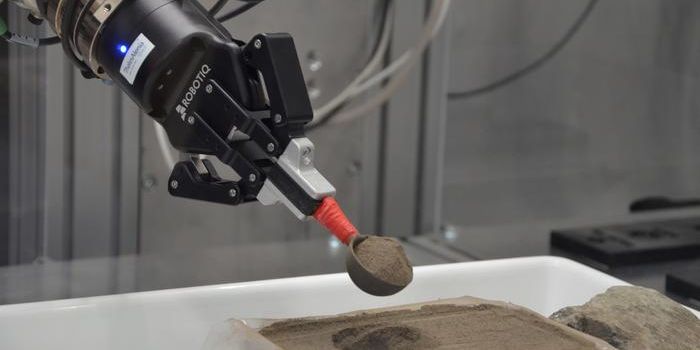Commercial Space Stations on Track: NASA's Partners Reach Key Milestones
NASA’s International Space Station (ISS) has been a become of scientific value and hope since its first module was launched in 1998, having since expanded into a football-sized behemoth large enough to be observed in detail from Earth. However, all good things come to an end, as the ISS is scheduled for “retirement” in 2031 by being steered into the Earth’s atmosphere where it will crash in the middle of the Pacific Ocean. Therefore, it’s only natural to think about life after the ISS, which is why NASA has recently taken steps to develop future commercial space stations from Axiom Space, Blue Origin, and Nanoracks, with the goal of the United States working to maintain a constant human presence in low Earth orbit (LEO) long after the ISS has retired.
“We are ending the year on a high note with multiple important milestones being completed by our partners,” Angela Hart, who is the Program Manager of the Commercial LEO Office at NASA Johnson Space Center, said in an official NASA statement. “Over the past few months, we have been able to dig into the details of the specific hardware and processes of these stations and are moving forward to multiple comprehensive design reviews next year.”
Axiom Space, which has already launched two privately funded missions to the ISS (Ax-1 and Ax-2) with two more being planned for 2024 (Ax-3 and Ax-4), is working hard with NASA to develop its Axiom Station with the first module, Axiom Hab One, currently scheduled to be launched and attached to the ISS sometime in 2026. During its time there, Hab One will undergo significant tests and evaluations pertaining to ensure they can hold seals and function in the vacuum of space.
While Axiom Space is in advanced development stages of its Axiom Station, Blue Origin is developing Orbital Reef, which is slated to be a free-flying space station and is currently conducting structural tests for their large windows that are like the Cupola on the ISS. Additionally, Nanoracks is developing its Starlab space station which they plan to use laser communication and a urine processor designed to convert urine into purified water, with a test system being used on the ISS in 2015.
How will these commercial space stations help maintain a constant human presence in LEO after the ISS retires? Only time will tell, and this is why we science!
As always, keep doing science & keep looking up!
Sources: NASA, NASA (1), Sky News, Axiom Space, Blue Origin, Nanoracks, NASA (2), Wikipedia
Featured Image: International Space Station (Credit: NASA)








